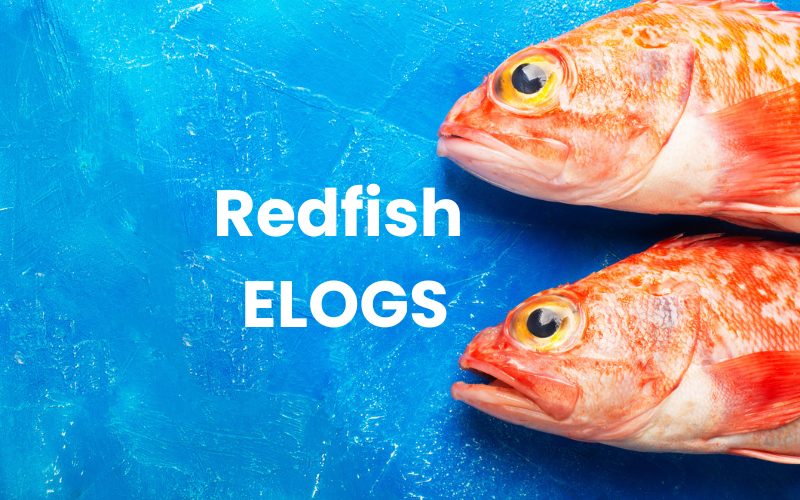“What gets measured gets managed.” ~ Peter Drucker
The importance of digital catch reporting for effective fisheries management in Canada has been in the news recently with questions around the accuracy of the DFO’s most recent Northern cod stock assessment and ongoing challenges around managing Canada’s elver fishery in the face of closures and poaching. These issues follow Canada’s Commissioner of the Environment and Sustainable Development, Jerry DeMarco, calling out the DFO for not managing commercial fishing sustainably in a report late last year: “Without reliable catch data, the department won’t be able to set seasonal catch limits that will ensure a sustainable industry.”
What is digital catch reporting?
Digital catch reporting for commercial fishing is the process of electronically recording and transmitting data related to the catch and fishing activities on commercial fishing vessels. This data can include everything from species caught to quantity landed, gear used, marine mammal interactions, and more.
What are the benefits?
Around the world, most harvesters fill in paper logbooks, which are periodically mailed to their regulatory bodies. Then, their data is manually entered into the regulator’s databases. This system offers multiple opportunities for data to get lost, entered incorrectly, or entered long after it’s relevant.
Digital catch reporting options, such as ELOGS, streamline the process, reducing the likelihood of errors and delays associated with manual reporting methods. Harvesters also feel more confident that timely data will be useful and used – compared with outdated information that doesn’t give an accurate picture – making them more likely to see the value of digital catch reporting.
When commercial fishermen can use digital catch reporting tools such as ELOG applications, onboard sensors, and satellites to report their catches promptly and accurately, regulatory bodies can access real-time information on fish stocks, enabling informed decision-making and resource allocation. This proactive approach minimizes the risk of overfishing and ensures sustainable practices.
Stakeholder engagement and transparency
Commercial harvesters must comply with specific licensing conditions that vary depending on their fishing location and target species to meet regulatory requirements. Catch reporting is a key part of compliance for all modern fisheries management. However, compliance measures, such as catch reporting, are often perceived as infringements on the privacy and professionalism of commercial fish harvesters.
To increase transparency and drive buy-in, digital reporting platforms can serve as centralized hubs where stakeholders can access, contribute to, and analyze catch data in real time, facilitating collaboration among scientists, policymakers, and harvesters.
Scientists can leverage these platforms to conduct robust analyses and assessments to enrich their understanding of fish stocks and ecosystem dynamics.
Access to timely and comprehensive information enables policymakers to make better decisions, enabling evidence-based decision-making and adaptive management strategies.
Harvesters are crucial to the success of catch reporting programs and broader fisheries management initiatives. Therefore, ensuring they can access and use their data is essential, paving the way for a more collaborative approach to sustainable fisheries management.
Better data, better analysis, better decision-making
The DFO’s Fishery Management Policy, last updated in 2019, states, “Robust fishery monitoring information is essential for stock assessment and to effectively implement management measures such as target and bycatch limits, quotas and closed areas.”
Digital catch reporting is the cornerstone of better fisheries decision-making. Fisheries authorities can use digital platforms and technologies, such as cloud-based databases and automated reporting systems, to manage and analyze vast volumes of catch data with unprecedented speed and accuracy. Advanced analytics tools enable rapid identification of trends, patterns, and anomalies in fishing activities and stock assessments, empowering decision-makers to devise timely and targeted interventions.
Digital catch reporting data can also be integrated with other datasets, such as environmental factors and market trends, to provide a more comprehensive understanding of the factors influencing fish stocks and ecosystem dynamics. This integrated approach optimizes resource allocation and policy formulation. It paves the way for adaptive management strategies tailored to the evolving needs of marine conservation, sustainable fisheries, and sustainable fishing industry.
Adaptability to changing conditions
Digital systems are also scalable and flexible – they can accommodate a wide range of data sources and formats and integrate new information streams. They also facilitate real-time updates and modifications to reporting requirements, ensuring compliance with evolving regulations and standards and the ability to quickly respond to emerging challenges and changing management objectives, such as shifts in fish stock distribution or the implementation of new conservation measures.
Harnessing the power of digital technology enables fisheries management systems to effectively navigate complex and dynamic environments, fostering resilience and adaptability in the face of environmental and regulatory uncertainties.
Digital catch reporting that provides timely, reliable catch data helps protect marine ecosystems and fisheries while fostering transparency and accountability within the fishing industry. This lays the groundwork for effective conservation strategies that support the industry and fish stocks for generations to come.


